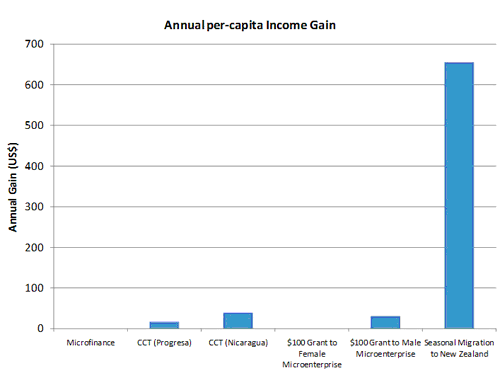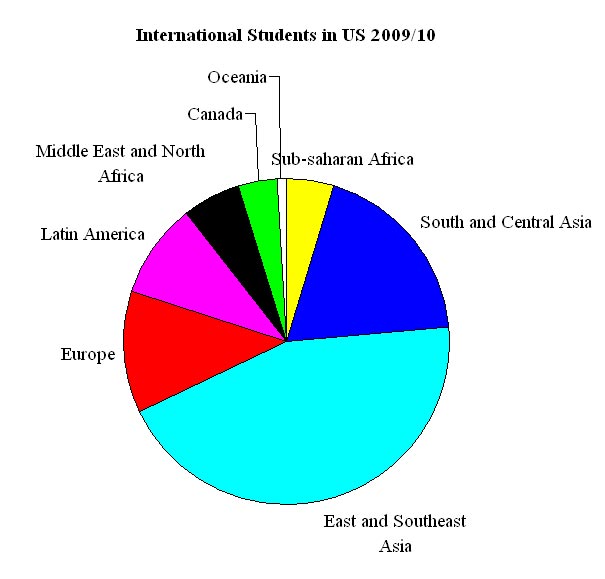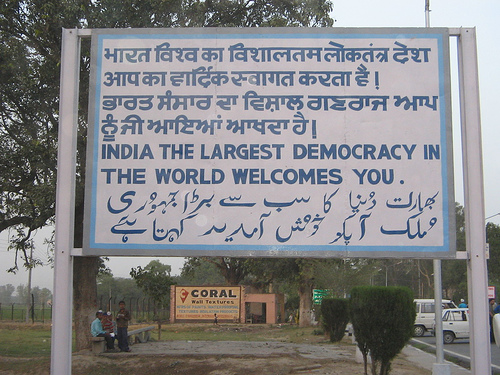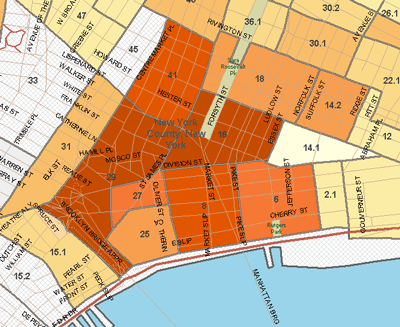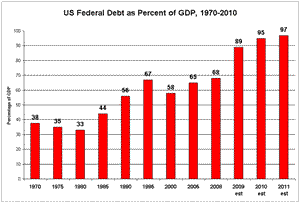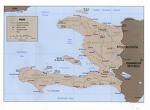Memo to the WHO: Blocking health worker migration is not the answer
This guest post is written by Michael Clemens and Amanda Glassman. Through this Sunday, April 17, the World Health Organization (WHO) is seeking comments on its plans to monitor compliance with a global code of practice on the international migration of doctors and nurses.
We think there are better, cost-effective ways to improve health workforces in developing countries than compliance with this code that is self-contradictory, unlikely to help the poor, and ethically problematic.
First, the code contradicts itself. It establishes that all health workers—like all people—have the right to leave their countries to seek a better life (section 3.4) and that the international movement of health workers between two countries benefits both of them (section 3.8), through skill formation and technology transfer… and then it says that such movement must be stopped. It urges all countries to seek zero international movement of health workers—both by filling all their health sector positions with locals (section 5.4) and by stopping the recruitment of health workers from countries facing shortages (5.1), that is, the poorest countries where conditions for health workers are the worst. This contradiction is as baffling as saying: “You may drive anywhere you wish, now that my friends have taken away your car.”
Second, the self-sufficiency and anti-recruitment strategies endorsed by the code—certain to harm poor-country health workers—are unlikely to improve basic health outcomes for others in the most vulnerable poor countries. Blocking a Mozambican surgeon from stepping across the border into South Africa does little to remedy a long list of problems that primarily determine poor health outcomes in Mozambique: poor sanitation, tainted water supplies, lack of malaria prevention, little incentive for health workers to serve rural areas, a disconnect between health workers’ advanced skills and the basic needs of the poorest, risky sexual practices among the public, absenteeism at ostensibly staffed clinics, constraints on income and education that limit the public’s demand for formal health care, lack of pharmaceuticals, needless legal barriers to private practice for underserved communities, and so on.
Finally, while the benefits of forcibly blocking that Mozambican doctor from entering South Africa are unclear, the harm is perfectly clear. It certainly limits her freedom in a way that no one at the WHO would want their own freedoms restricted. Whether her movement is blocked by denying her entry at the border, by eliminating all the jobs she could have taken (self-sufficiency for South Africa), or by concealing from her any information about those jobs (banning anyone from recruiting her), the effect is equally ethically troubling. Her movement is stopped by others, against her will, without consulting her. Worse, it is usually done by people enjoying vastly higher living standards than she can enjoy in Mozambique, living standards that most of them enjoy by birthright.
Fortunately, there are good alternatives to coercive barriers on health worker movement. A team of World Bank health experts recently studied the human resource policies of Kenya, Zambia, Rwanda, and the Dominican Republic, and found several other ways that all four countries could improve the effectiveness of their health workforces:
[S]ignificant weaknesses were found in policies and practices related to recruitment, deployment, transfer, promotion, sanctioning, and payment methods of public sector health workers. Recruitment processes are plagued by delays and not targeted to areas with staff shortages. Salaries and allowances are not being used to provide strong incentives for increasing rural practice and lowering absenteeism. Available wage bill resources are often not fully spent, and even when they are, considerable scope is available to use these resources more strategically. Thus, improving recruitment, deployment, transfer, promotion, and remuneration practices is just as important—and maybe more important—than expanding the health wage bill in addressing health workforce challenges.
In other words, there is much that countries can do to make their health workforces more effective—with the side effect of decreasing health workers’ incentive to emigrate—even without spending much more money.
Likewise, Dr. Churnrurtai Kanchanachitra and co-authors have just offered a long list of ways that developing countries can strengthen health workforces without coercing health workers’ movement. These include creating incentives for health workers to work in rural areas; dealing with other constraints like financial barriers and poor-quality health services that might be even more important in affecting health outcomes; and creating partnerships between hospitals from sending and receiving countries.
The WHO has chosen instead to focus on blunt instruments of coercion in its code of practice. But governments are not bound to the code, and may make better choices. As the WHO considers its guidelines for monitoring compliance with that code, it should reconsider the sections relating to self-sufficiency and anti-recruitment and strike them from the final version. We urge governments and the WHO to work constructively with the many alternative tools available to improve developing-country health outcomes and health systems without the troubling methods of coercion.
 From Aid to Equality
From Aid to Equality


